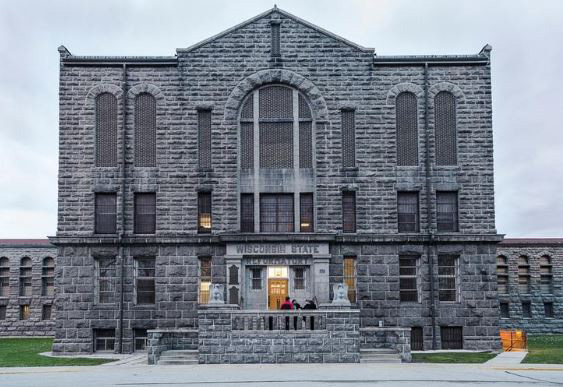
By Kris Leonhardt
Editor-in-Chief
Continued from the previous edition, click here for previous segment
A Nov. 12, 1971, riot brought up serious issues with the facility’s current design.
State Department of Health and Social Services Division of Corrections Head Sanger Powers said that the existing location of the power plant posed a threat in such an accessible location.
“If the rioters had taken over the power plant first, and they could have, we would have faced a very serious situation,” Powers said in a statement.
The power plant had been constructed inside of the facility’s walls due to existing legislation in response to local landowners who did not want anything further outside the reformatory walls.
Consideration of a $750,000 lock system for the facility was being discussed at the time and legislators struggled with its funding while also looking at reformatory repairs and reconstruction.
Gov. Patrick Lucey had also commissioned a “Task Force on Offender Rehabilitation” to study prison reform and a full recommendation was expected that spring.
When the final draft came in, so did a recommendation on closing the facility, along with other similar institutions, and replacing them with community-based treatment centers — a concept that Lucey supported.
A group called “Citizens United to Keep the Reformatory Open” formed shortly after, and petitions began circulating in the area, joining hundreds of cities around the state.
In a March 1973 speech in Green Bay, Lucey explained his support of the recommendation.
“The decision to close the reformatory was not based on some far-out correctional theory, but on hard facts. When a juvenile and adult correctional system has 1,500 empty beds, a fiscally responsible governor has few alternatives. He cannot rent these spaces out as overnight accommodations for tourists. He cannot order judges to sentence hundreds more individuals to jail. And he cannot waste millions of tax dollars to keep one-third [of an] empty prison system open just because that is the course that will be the most politically popular,” he said during the speech.
But, the following year, the food service facilities and cell hall lock system were back on the list of priorities for the State Department of Health and Social Services.
It was during this time of uncertainty that the institution saw its last youth inmates transferred out, as the reformatory became an adult maximum security prison.
In July 1979, the reformatory was renamed the “Green Bay Correctional Institution.”
“The term correctional institution as a title is more in keeping with the modern, rehabilitative approach as opposed to the old, archaic term of reformatory,” Superintendent Elmer Cady stated, as he took the position as administrator of the Division of Corrections.
Continued in an upcoming edition
